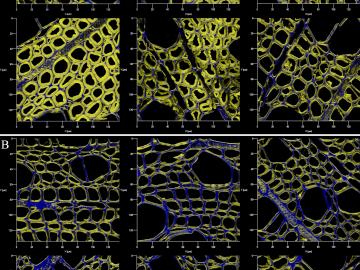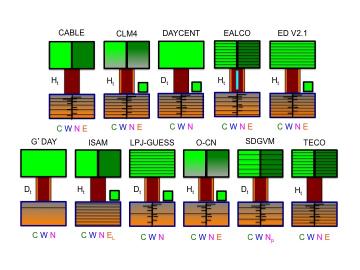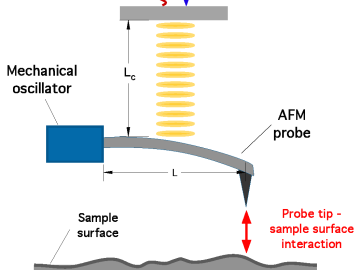
Filter News
Area of Research
News Type
Date
Media Contacts





As an engineer and a science communicator, Amy Elliott wants to learn how stuff works, and she wants you to learn about it too. The researcher studies inkjet-based additive manufacturing at the Department of Energy's Oak Ridge National Laboratory—specifically how new materials ...

If you’ve ever sat in stop-and-go traffic behind a congested merge area fuming about lost time and fuel, Jackeline “Jacky” Rios-Torres is conducting some research that could relieve your frustration. Rios-Torres is in the driver’s seat of research helping to create the future of tr...


Viral Patel came to the Department of Energy's Oak Ridge National Laboratory with the aim of conducting research that would provide benefits to the average consumer, and his work has not disappointed. Patel jumped into three energy efficiency projects almost immediately after start...


In a first for deep learning, an Oak Ridge National Laboratory-led team is bringing together quantum, high-performance and neuromorphic computing architectures to address complex issues that, if resolved, could clear the way for more flexible, efficient technologies in intelligent computing.


